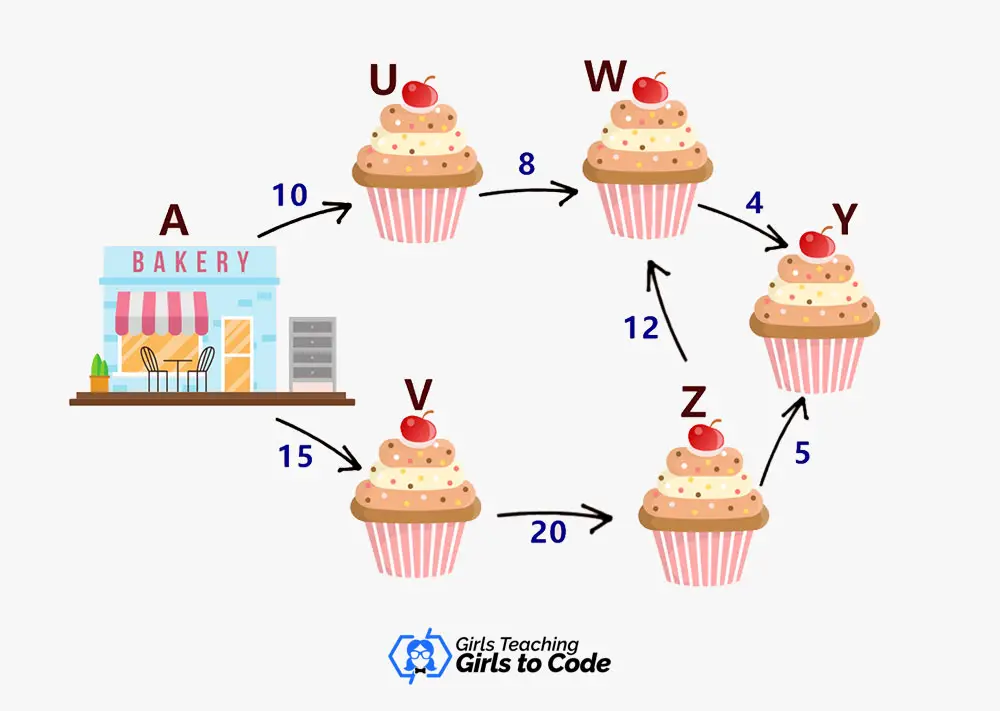In microeconomics and business management, such as planning, production, transportation, and similar areas, linear programming is a method you’ll often see and use.
Companies use it to either maximize profits or reduce the expenses of a manufacturing scheme, and the challenge in the actual world is determining the product’s maximum profit.
Linear programming can produce the best potential solution when a problem has many resource restrictions. Using this tool is a quick and practical approach to frame the issue and discover a solution, whatever the goal is.
In this article, find out linear programming applications, and see real examples!
Advertising links are marked with *. We receive a small commission on sales, nothing changes for you.
What Is Linear Programming?

To introduce linear programming, let’s first see what it actually means.
Well, basically, it is a mathematical solution.
Using linear programming, you can get the optimal outcome or solution from a set of parameters or needs.
Those parameters are represented as linear relationships, and you use linear relationships in linear programming.
It is most frequently used in a computer simulation or modeling to determine the optimum way to distribute scarce resources, including:
- cash,
- energy,
- personnel,
- machinery,
- time,
- space, etc.
Basically, in linear programming, we turn our practical issue into a logical model.
It includes a subjective restriction, linear inequality, and an objective function.
What is an Example of Linear Programming?
Let’s say a baker has six cupcakes to deliver daily from the bakery (the baker is located at A) to various customers (U, V, W, Y, Z).
The lines in the illustration show how far apart the people are.
A linear programming challenge arises if the baker wishes to discover the quickest path that will allow him to deliver the cupcakes while using less gasoline.
As a result, LP (linear programming) will be carefully used to find the best option, which in this case is the shortest path.

There are a few methods you can use to execute the linear programming, such as:
- Simplex Method
- Graphical Method
The simplex method is more labor-intensive, precise, and easier to automate than other approaches.
On the other hand, the purpose of the graphical technique is to only depict in two dimensions the notion that we may examine viable options with a specific goal value and determine whether there are superior options.
So, a linear programming issue with two choice variables may be quickly and effectively solved using the graphical technique.
What are the Applications of Linear Programming in Real Life?
Programming is used all over and more. Some of the industries that use linear programming are:
- Food and agriculture industries
- Engineering industry
- Transportation
- Energy industry
Let’s find out how they are using the LP.
Food & Agriculture
Many farmers use linear programming, and if that doesn’t show how widely used this programming is, then we don’t know what will.
Farmers can actually boost their income by choosing the suitable crops to cultivate and how much to grow. All of that will help them make their work effective.
It also helps with nutritional planning. For example, specialists in nutrition can use the LP to give out cheap but nutritious baskets to impoverished households. So what happens is specialists use mathematical models which help them organize healthy meals at low cost.
They will take raw food and check their statistics and prices while keeping in mind other factors like helping with diseases. So, with the help of LP, they can calculate how many of some ingredients and how often they need to be distributed to achieve the goal.
Engineering Industry
Engineers use linear programming to assist with design and production issues.
Engineers aim for aerodynamic form optimization in airfoil meshes. This makes it possible to lower the airfoil’s drag coefficient*.
Some of the examples of the constraints are:
- trailing edge angle
- relative maximum thickness
- nose radius
- lift coefficient
There is also shape optimization that aims to provide a workable, shock-free airfoil.
Therefore, engineers have access to a crucial tool for form optimization thanks to linear programming.
*The airfoil drag coefficient, which has no dimensions and is employed in fluid dynamics, is a measurement of an object’s drag or resistance in a fluid environment like air or water.
Transportation Sector
For cost and time savings, transportation systems rely on linear programming – daily!
There are several things that bus&train routes have to consider.
For example, the first few things that pop into our minds are passengers, journey time, and schedule. Without those, there wouldn’t be transportation at all.
Also, airlines use linear programming to maximize their profitability. They maximize it based on fluctuating ticket prices and demand from customers.
For the scheduling and routing of pilots, airlines also use linear programming. Optimization using linear programming boosts airline productivity while cutting costs.
Generally, using LP in transportation is a must.
Energy Industry
Today’s modern and efficient energy grid systems include renewable energy sources. Those are wind and solar photovoltaics, but there are also conventional electrical networks.
Generators, transmission and distribution lines, and storage must all be considered when determining how to best meet the electrical load needs.
So yeah, there is a lot of LP included for optimizing everything listed and much more.
Costs must also continue to be manageable for profitability.
LP enables the quickest possible match between electricity generation and the demand for it throughout time.
The energy sector can benefit from using linear programming to improve cost or load-matching.
Conclusion
Now you know the basics of linear programming, and hopefully, you won’t stop there.
If you want to look at an actual study done by professionals, take a quick look at this link! Then, prepare some popcorn and keep on learning!
Advertising links are marked with *. We receive a small commission on sales, nothing changes for you.
